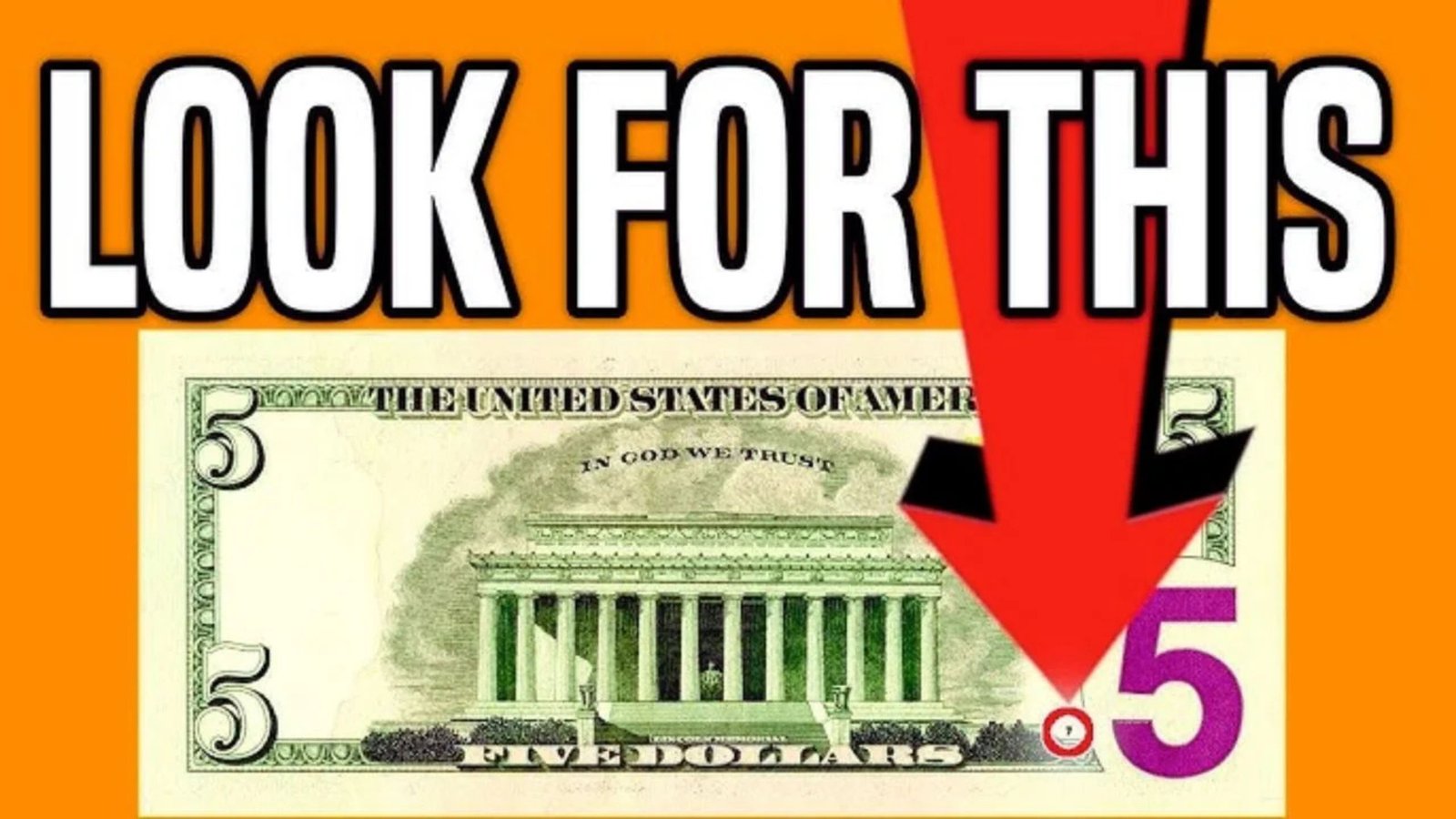1953 Red Seal $5 Bills Worth Thousands : The 1953 Red Seal $5 bill may look like ordinary old money, but to collectors, it could be a hidden gem worth thousands of dollars. Originally used in everyday transactions, these notes have become increasingly rare and desirable. Many people don’t realize they might be holding something incredibly valuable in an old wallet, storage box, or family keepsake collection.
Why the Red Seal Makes This Bill Special
What sets the 1953 $5 bill apart is the striking red seal and serial numbers printed on its face. Unlike today’s green-seal Federal Reserve Notes, this bill was issued as a United States Note, backed directly by the U.S. Treasury. The red seal not only marks its historical distinction but also increases its appeal and rarity among collectors.
Not All Are Valuable — But Some Are Extremely Rare
While millions of 1953 Red Seal $5 bills were printed, only specific ones are worth large sums today. Bills that feature printing mistakes, rare serial numbers, or a star symbol next to the serial number are particularly valuable. These small details can elevate the worth of a note from a few dollars to several thousand, especially if the bill is well preserved.
The Role of Condition in Determining Value
The physical condition of the bill plays a major role in its market value. A crisp, uncirculated 1953 note with no folds, creases, or discoloration can sell for significantly more than one that’s been heavily used. Collectors are willing to pay a premium for bills in mint condition, and even lightly circulated ones can carry value if they have rare features.
A Bill That Reflects America’s Financial History
The 1953 Red Seal $5 note isn’t just money—it’s a piece of U.S. history. It was issued during a time when the United States still produced United States Notes, not just Federal Reserve Notes. That distinction tells a story about how American currency evolved over time. Collectors appreciate this historical importance as much as they do the design and rarity.
How to Spot a Valuable 1953 Red Seal Bill
To identify if your 1953 Red Seal $5 bill is valuable, check for specific signs: a star symbol near the serial number, unusually low or repeating serial numbers, printing errors, and overall condition. Even if you’re not a collector, these visual cues can help you recognize a note that might be worth far more than its face value.
Why You Should Check Your Old Cash Today
Stories of people finding valuable bills tucked in old books or handed down through family are becoming more common. Many 1953 Red Seal bills are still out there, forgotten in drawers or passed through generations. Taking a few minutes to examine an old $5 note could uncover an unexpected windfall—and a unique connection to the past.
Frequently Asked Questions (FAQs..)
Q1: What is a 1953 Red Seal $5 bill?
A: It’s a United States Note issued in 1953, easily identified by its red Treasury seal and serial numbers. Unlike modern bills, which are Federal Reserve Notes, this note was backed directly by the U.S. Treasury. It is now out of circulation but remains legal tender.
Q2: Why does it have a red seal instead of green?
A: The red seal indicates that it is a United States Note rather than a Federal Reserve Note. Red-sealed notes were issued by the U.S. Treasury and were once a standard part of American currency. The color distinguishes it from other types of currency like silver certificates (blue seal) or modern notes (green seal).
Q3: Are all 1953 Red Seal $5 bills worth thousands of dollars?
A: No. Most are worth only slightly above face value—typically $6 to $15 in average condition. However, certain features, like rare serial numbers, star notes, printing errors, or excellent condition, can make some examples worth hundreds or even thousands.
Q4: What is a “star note” and why is it valuable?
A: A star note has a small star symbol next to its serial number. These were printed to replace defective bills during production and are printed in smaller quantities, making them rarer and more valuable to collectors.





